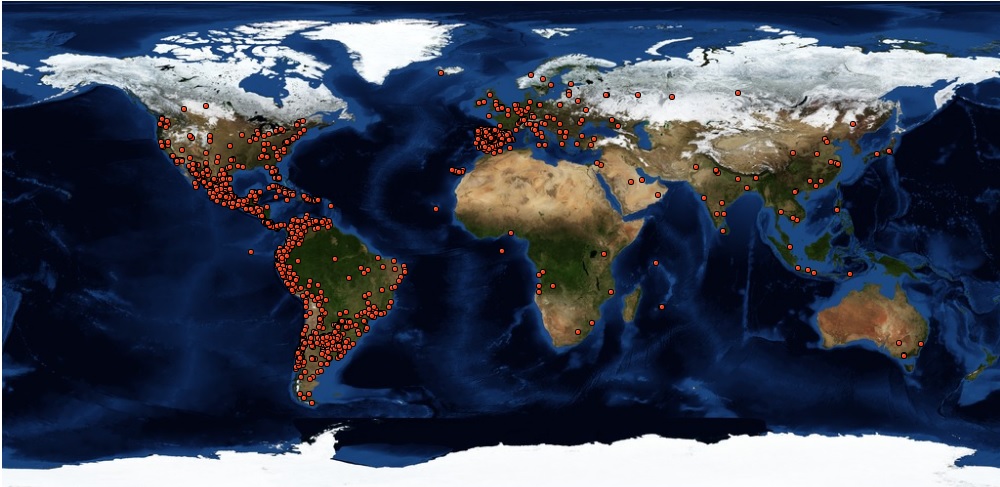Cardiovascular modifications in long-distance athletes from Villa Clara during the 2018-2019 macro-training cycle
Keywords:
cardiovascular modifications, macrocycle, training, backgroundAbstract
A descriptive longitudinal section study was carried out with the objective of describing the electrocardiographic and echocardiographic cardiovascular modifications in different stages of the preparation of a macro-training cycle, in the seven long distance runners of the Villa Clara school category. It is concluded that training produces cardiac morphological and functional adaptations that are manifested through electrocardiographic findings such as bradycardia and sinus arrhythmia; in addition to modifications of echocardiographic variables such as the thickness of the interventricular septum and the posterior wall of the left ventricle that show values close to the upper limit of normality and diastolic diameter of the left ventricle with low mean values during all training stages, which contributes at a high h / r ratio in most athletes. The ejection volume and the ejection volume index maintain values lower than those considered normal during the training stages, which leads to the suggestion that there is an increase in work intensities throughout the macrocycle and a marked deficit of aerobic capacity. This suggests not having made adjustments to training loads and neglecting basic aerobic work during the preparatory period.
Published
Versions
- 2023-02-14 (2)
- 2023-02-10 (1)
How to Cite
Issue
Section
License
Copyright (c) 2023 Science and Physical Activity

This work is licensed under a Creative Commons Attribution-NonCommercial 4.0 International License.
Attribution-NonCommercial 4.0 International (CC BY-NC 4.0)
You are free to:
Share — copy and redistribute the material in any medium or format
Adapt — remix, transform, and build upon the material
The licensor cannot revoke these freedoms as long as you follow the license terms.







